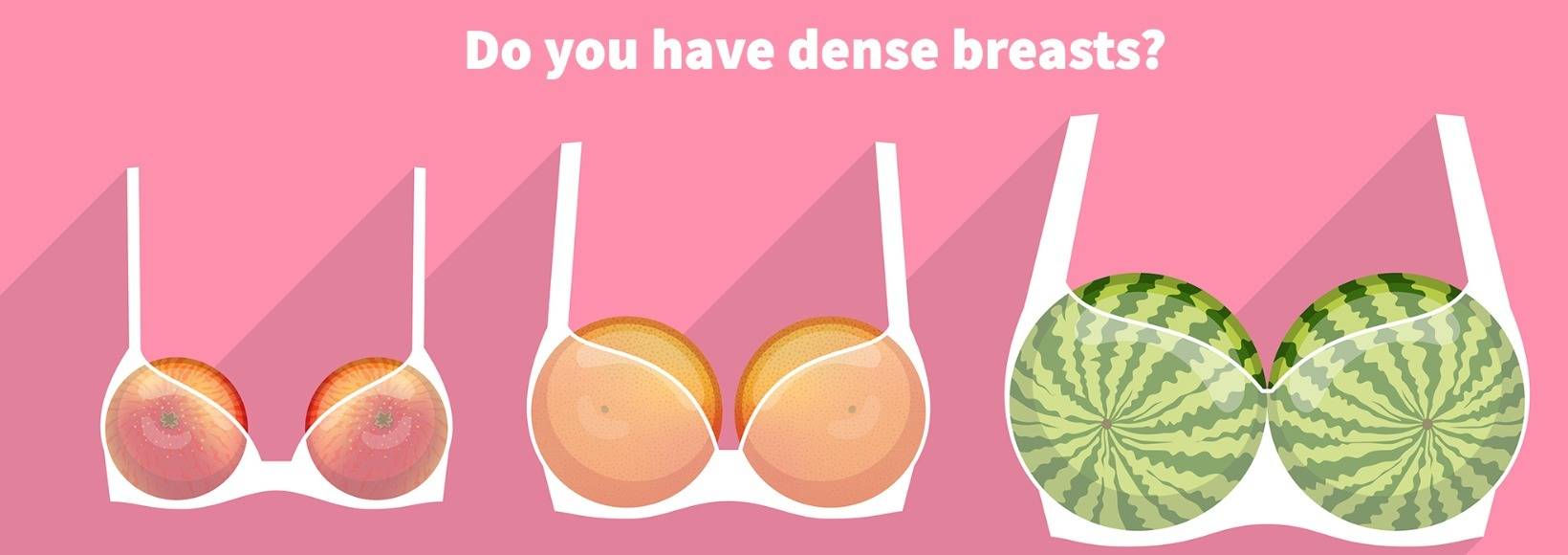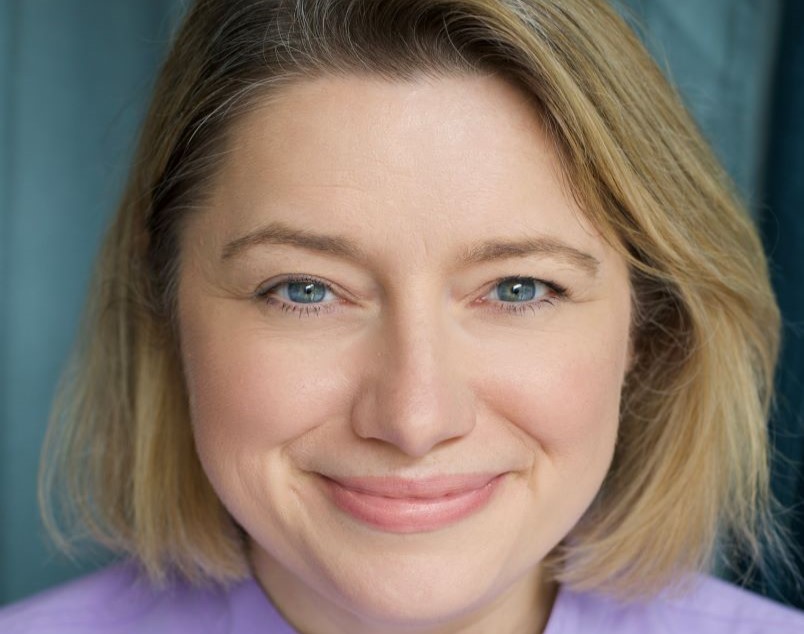
1 in 7 women in the Uk will have breast cancer in their lifetime.
Those rates are every decade. Knowing your breast density gives you more power to reduce your risk and catch cancers earlier.
The more ‘dense’ your breasts are the more likely you are to get breast cancer. About twice as likely as the ‘average’ woman. But it doesn’t end there, increased breast density also makes it much harder to find cancer on a mammogram (x-ray pictures of the breast tissue).
Breasts are a mixture of fat cells, glands and fibrous tissue. Fat shows up black on a mammogram (x-ray pictures of the breast tissue). Women with ‘extremely dense’ breasts have very little fat tissue in the breasts, their mammogram pictures look very white. Breast cancer also appears white on mammograms. So looking for cancers in dense breasts has been likened to looking for a white cotton ball in a snowstorm. It is very hard, the detection rate of mammograms can drop to as low as 24%.
We offer women over 40 years of age a breast density assessment with their annual mammogram screening. Mammograms are the only way to know your breast density. It is not the same as having large breasts or “lumpy” breasts.
We offer mammogram screening including breast density assessment to all women over 40. Breast density is categorised from A to D, groups C ‘heterogeneously dense’ and D ‘extremely dense’ are dense breasts. Offering women in groups C and D follow-up MRI or ultrasound scans can detect cancers missed by their mammogram.
We know detecting breast cancer early makes them easier to treat and improves long-term survival. 98% will survive over 5 years after a stage 1 breast cancer diagnosis versus only 1 in 4 (26%) diagnosed at stage 4. MRI scanning for women with ‘extremely dense’ breasts has been shown to reduce their risk of dying from breast cancer.
Breast density is so important, so if you have a friend or family member so talking about it and raising awareness is vital. In the USA two doctors, JoAnn Pushkin and Wendi Berg both had breast cancer missed on a mammogram, this has driven their campaign to increase awareness and change policy. Now over 40 US states are required by law to inform women of their breast density after their mammogram. In Europe, Cheryl Cruwys also had breast cancer that her mammogram didn’t pick up and is leading the charge to inform women. If you want to read more check their website here.

👩⚕️ About the Author
Dr. Lucy Hooper is a private GP at Coyne Medical in London, specialising in family medicine, preventative care and screening. Passionate about patient-centered healthcare, she provides expert guidance on health screenings, and personalised wellness plans.
📍 Coyne Medical | Fulham, London SW6
📅 Book an appointment today to discuss your health needs!